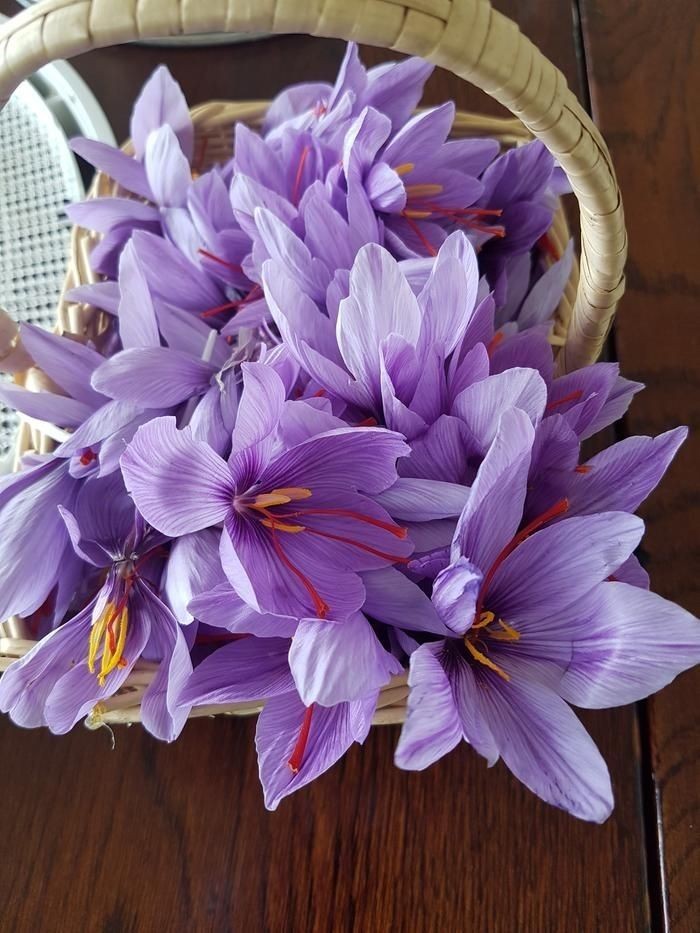Categories
The latest content
-
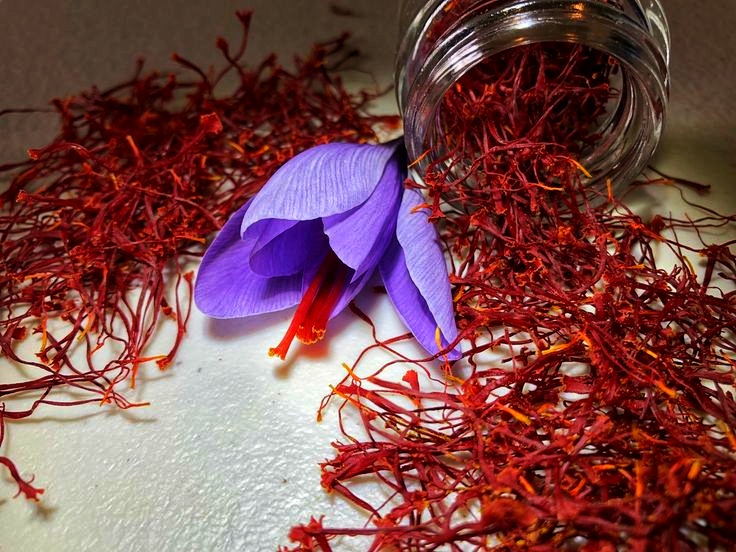
Unlocking the Golden Opportunity; How Afghan Importers & Distributors Can Profit from Iranian Saffron?
..
-
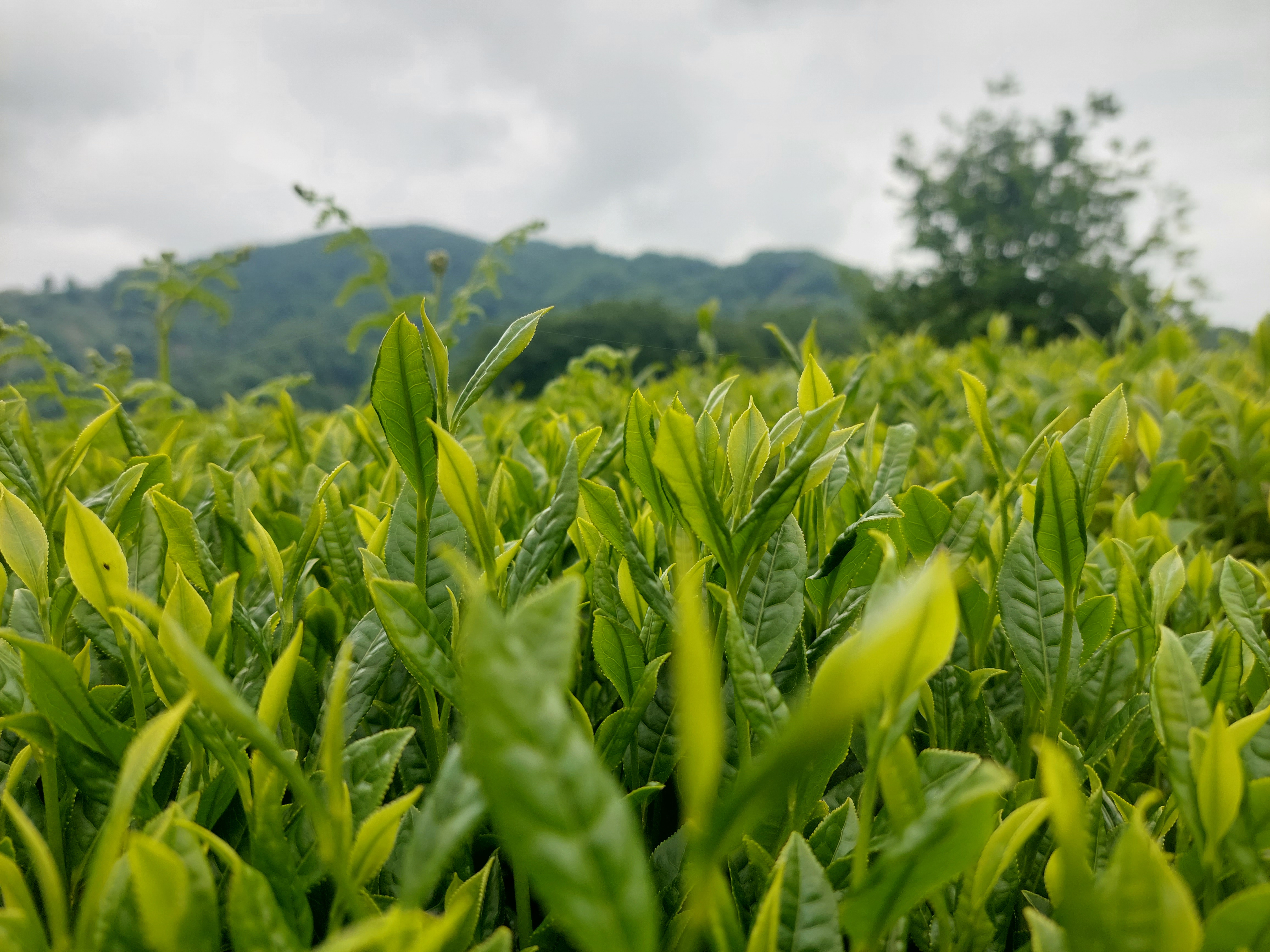
Top Types of Iranian Tea Preferred by Egyptian Consumers; A Guide for Importers and Distributors
..
-
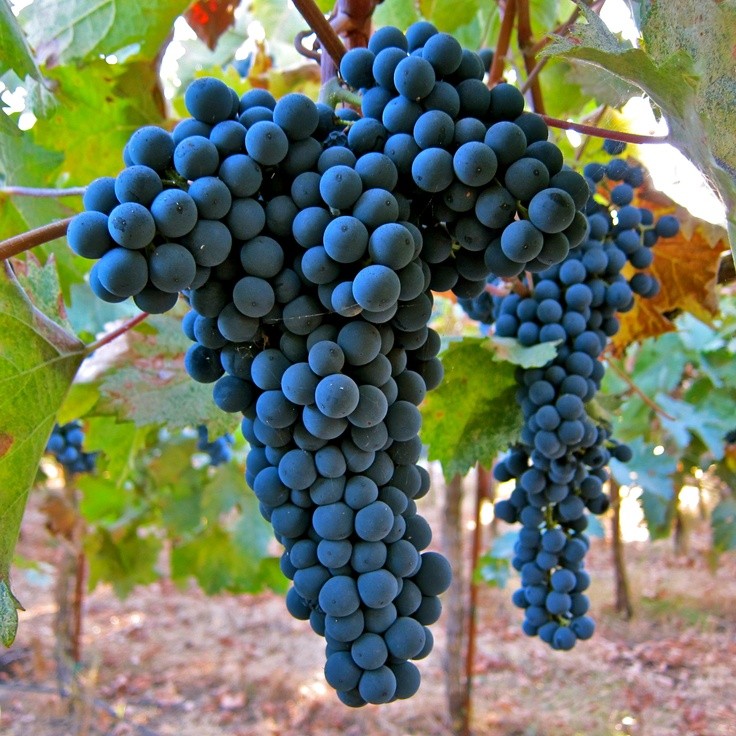
How to Source Iranian Black Raisins; What Global Buyers Should Know
..
-
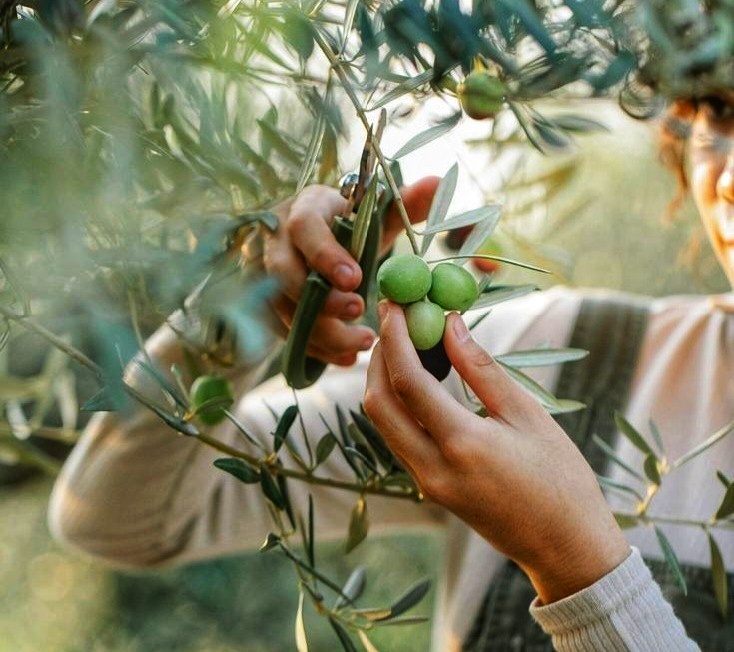
The History of Olive Cultivation in Iran; From Ancient Roots to Global Markets
..
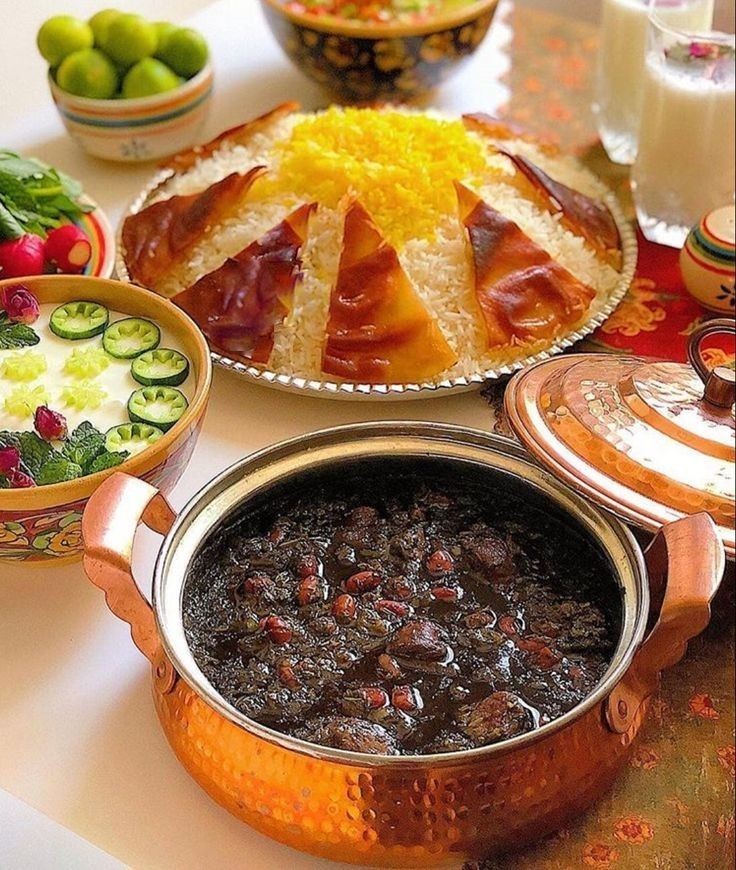
Tags
The History of Rice Farming in Gilan: From Ancient Traditions to Modern Times
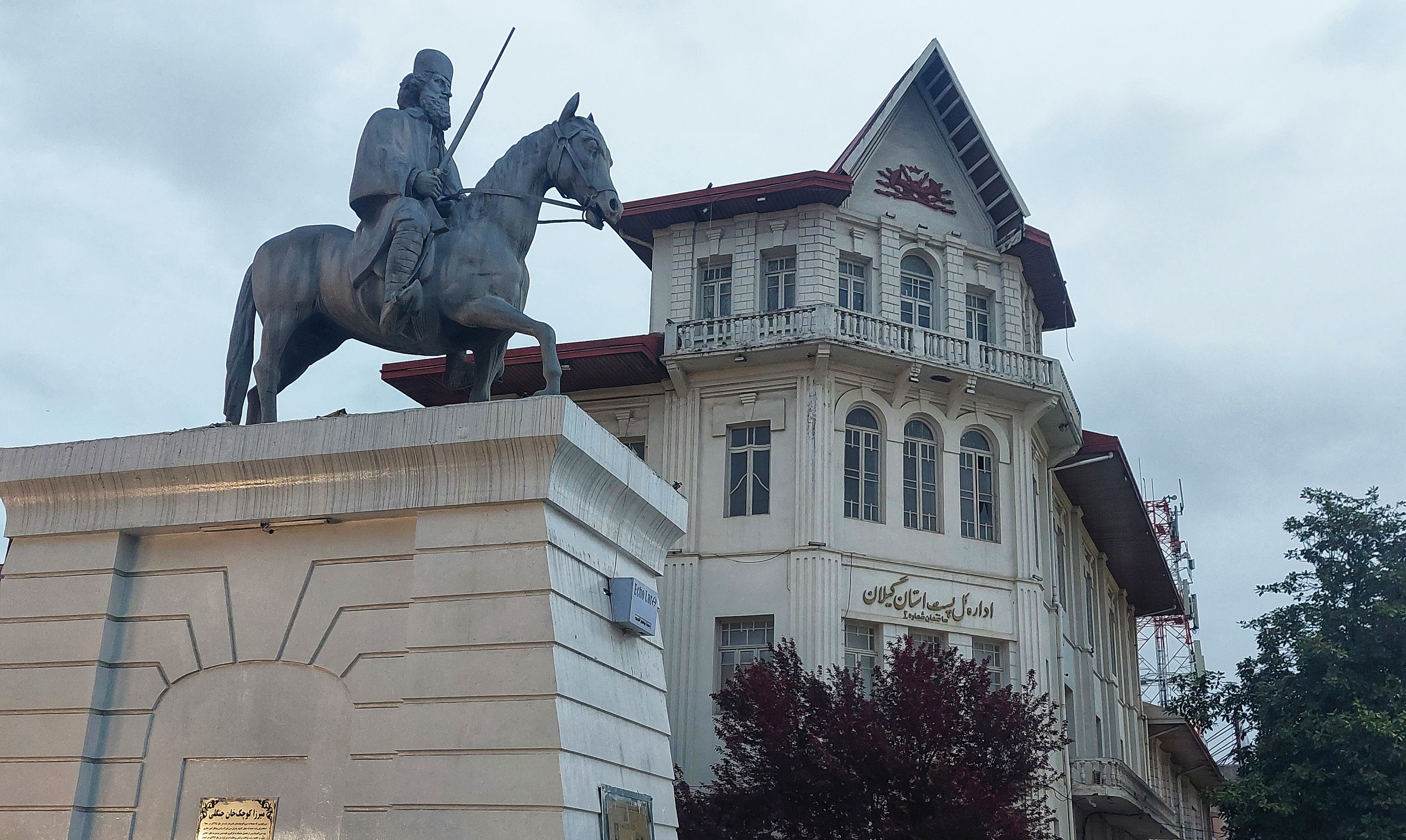
Tucked between the Caspian Sea and the Alborz Mountains, Gilan Province is one of Iran’s most fertile regions and the heartland of Iranian rice cultivation. With its humid climate, abundant rainfall, and nutrient-rich soil, Gilan has been growing rice for centuries, playing a critical role in feeding the nation and shaping cultural identity. In this article, we explore the fascinating history of rice farming in Gilan, tracing its evolution from ancient methods to the present day.
Ancient Roots of Rice Cultivation in Gilan
Historical records and oral traditions suggest that rice farming in Gilan dates back over a thousand years. It is believed that rice was introduced to Iran through the eastern trade routes and quickly found a perfect home in Gilan’s lowlands. Archaeological evidence from the region, along with written texts from Persian scholars and travelers, indicate that rice became a staple food and a key agricultural product during the Sassanid and early Islamic periods.
In those early days, rice was grown mainly for local consumption, using traditional tools and community-based labor. The planting, weeding, and harvesting were all done manually, often involving entire families or even entire villages.
Traditional Practices and Cultural Significance
In Gilan, rice farming was more than just a source of food or income — it was part of the social fabric. Traditional methods included the use of wooden plows, water buffalo, and hand-transplanting seedlings into flooded paddies. Every stage of rice cultivation was often accompanied by folklore, music, and seasonal rituals, reflecting the deep spiritual and cultural connection between the people and the land.
Festivals around harvest time brought communities together, and local rice varieties such as Hashemi and Binam became symbols of regional pride and identity.
Modernization and Technological Shifts
The 20th century brought dramatic changes to rice farming in Gilan. With Iran’s push toward modernization, particularly in the 1970s and 1980s, farmers began adopting mechanical tools, chemical fertilizers, and improved irrigation systems. Agricultural research institutes in Rasht and Lahijan played a key role in developing higher-yield rice varieties while preserving the unique characteristics of local strains.
Today, many farmers use rice transplanters, harvesters, and better drainage systems. Yet, despite technological advances, a significant number of small-scale farmers continue to rely on traditional wisdom passed down through generations.
Challenges and Opportunities in the 21st Century
Modern rice farmers in Gilan face a range of challenges, from climate change and water shortages to import competition from cheaper foreign rice. However, there is growing interest in organic farming, sustainable water use, and export opportunities that highlight the high quality and taste of Gilan’s native rice.
Efforts are underway to protect traditional rice varieties, support eco-friendly practices, and promote Gilan rice in international markets — particularly among health-conscious consumers who value chemical-free, naturally grown food.
Conclusion
From humble beginnings to high-tech innovations, the history of rice farming in Gilan is a story of resilience, adaptation, and deep cultural heritage. As the world becomes more conscious of food origins and sustainability, Gilan’s time-honored traditions and premium rice quality offer a valuable edge in both domestic and global markets.
Whether you're a food lover, cultural enthusiast, or agri-importer, Gilan’s rice legacy is something to watch — and savor.



